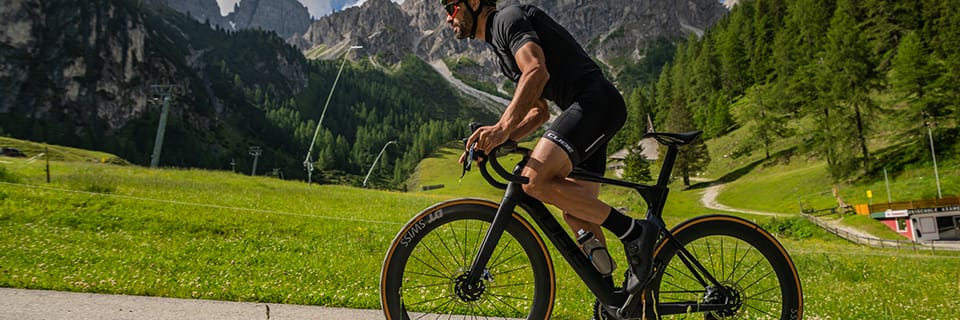Wheels play an important role in the performance of your road bike, and must be chosen with the utmost care. Note that to make a bike dynamic, you need to save weight on the rotating parts: what could be bulkier and constantly rotating than a pair of wheels? Here's what you need to make your choice.
Standard wheelsets
- The size of road wheelsfor an adult bike: 650 or 700
- Rim profiles and materials
- Spoke types
- Hub types
- Brake type: shoe or disc
Wheel types
The rim, hub and spokes are the three elements that determine the specific features of a wheelset.
Rim height
The principle of a rim is quite simple: the higher a the heavier, stiffer and more aerodynamic it is, the lower it is bthe lighter, easier to handle and more comfortable. However, lightness isn't necessarily ideal on all courses, as the inertia generated by the rim's weight can be useful on flat terrain where average speed is high, for example. Depending on the discipline, the "perfect" rim is the right choice between height and weight.
Rim width
A wide rim allows you to mount tires offering greater rolling resistance, stability, grip and comfort. The current generation offers rim widths from 17 to 21 mm (internal width between hooks c) for mounting tires from 25 mm.
A narrower tire mounted on a thinner rim is no longer the current standard, but allows compatibility with a wider variety of bicycle frames and brake calipers. The choice of front tire is determined by the fork, while the choice of rear tire is determined by the frame. This information is provided by the manufacturers of these components. Be sure to check them beforehand.
The internationally standardized ETRTO measurement is the most reliable for tire selection. The width of the rim should also be taken into account. Here's a table showing the compatibility of the most common rim widths.

|
Tire width in mm |
Rim width in mm (hook rim) |
| 18 | 13C |
| 20 | 13C |
| 23 | 13C 15C |
| 25 | 13C 15C 17C |
| 28 | 15C 17C 19C |
| 32 | 15C 17C 19C |
Rim material
Wheels are mostly made of aluminum, to improve the strength-to-weight ratio and, of course, to keep the budget under control. However, more and more models are being made of carbon on high rim profiles, to save overall weight and provide greater rigidity, but at a higher price.
Some manufacturers offer a combination of carbon rim and aluminum brake track to limit the risk of overheating and provide superior safety.
Brake pads or discs?
Disc brakes offer several advantages: better braking power in all weather conditions, no wear on the rim surface and no more problems with cables that oxidize or seize. They also make braking safer.
Disc brakes, on the other hand, weigh more than pad brakes and add extra weight to your machine. Disc brakes also require more rigorous maintenance and more specific adjustments, which can make bike maintenance difficult.
Tubetype, Tubeless or Tubeless Ready?
Straight from the mountain-bike world, Tubeless or Tubeless Ready wheels enable you to ride at lower pressures for greater grip and comfort, reduce the risk of punctures by adding a preventive, offer significant weight savings in the case of Tubeless Ready mounting, and deliver lower rolling resistance. This technology requires compatible wheels (UST from Mavic, 2-Way Fit from Campagolo, etc.) or wheels that can be fitted with a specific rim tape. In all cases, these wheels remain compatible with conventional clincher tires.
Tubeless Ready requires the addition of a preventive fluid, while Tubeless can be fitted without fluid. Today, Tubeless Ready tires are the most widely used, offering the right compromise between waterproofing and weight. Tubeless mounting is one of the best Upgrades you can make to a bike, as it significantly changes the way it handles.
Spoking
Spoking is certainly the most important part of a wheel. It ensures a perfect connection between hub and rim to transmit power, braking effort and directional changes, but it also tolerates a certain amount of deformation to provide comfort and strength. Spoking is defined by the number of spokes on a wheel and the type of crossing (lacing). The most classic, and still the most reliable, is made up of 32 spokes crossed by 3 (one spoke always crosses 3 others), but to lighten wheels the number of spokes can be reduced, as can the type of lacing.
The hub
The hub contains the rolling system. It can be either of the: "cone/cup" type a type, requiring more regular maintenance but generally reliable over time; or the "sealed bearing" type. b maintenance-free (simple bearing replacement when defective).

The choice of a cassette is determined by the freewheel body of the wheel, so it's essential to choose the right one for your sprockets. How to choose your road bike cassette.
Which wheels for my riding?
For climbers with a penchant for acceleration out of bends, lightweight, low-profile wheels for maximum dynamism are perfect for hill climbs.
If you're looking for a versatile wheelset, we recommend a low profile or up to 35 mm, depending on whether you're looking for dynamic wheels or wheels with a slight inertia effect for rolling sections.
If you're more interested in flat roads and average speeds, a high profile of around 50 mm, and therefore wheels that are a little lighter than average, will help you to ride as smoothly as possible, without penalizing you if you try to break away.
From 80 mm profile upwards, these are fairly exclusive wheels, generally optimized for triathlon or time trial events.
Découvrez tous nos conseils & Tutoriels
ROAD - Rim Wheelsets
-
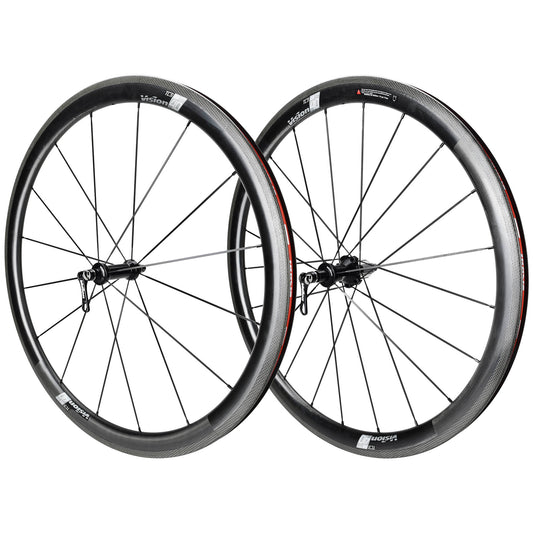
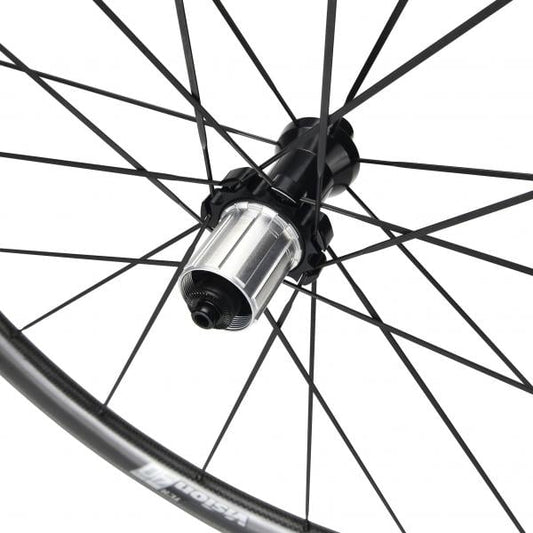
Pair of VISION SC 40 wheels clincher
Regular price 799,90 €Regular priceUnit price per -
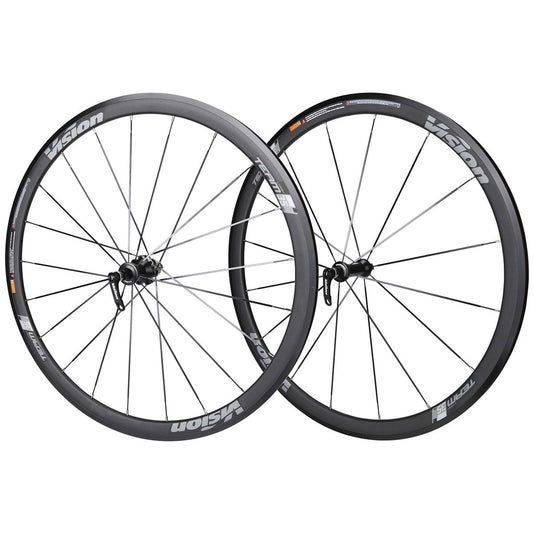
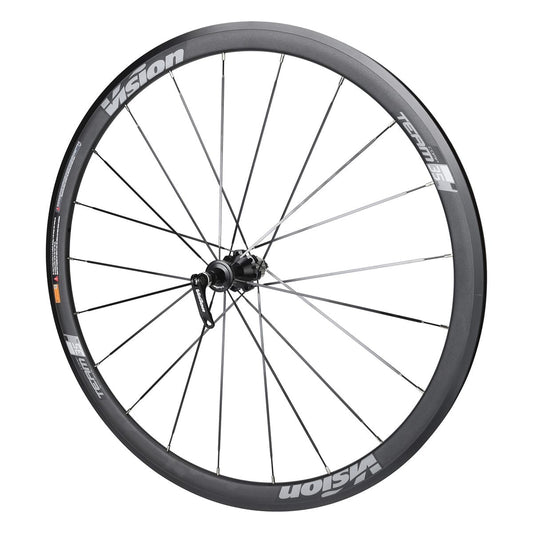
Pair of VISION TEAM 35 COMP SL wheels clincher
Regular price 249,90 €Regular priceUnit price per -
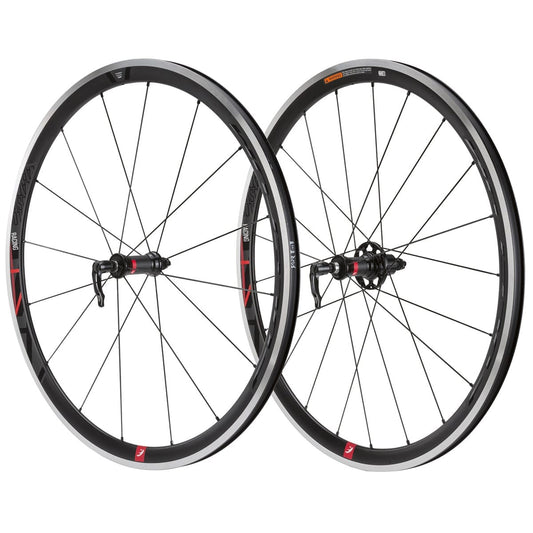
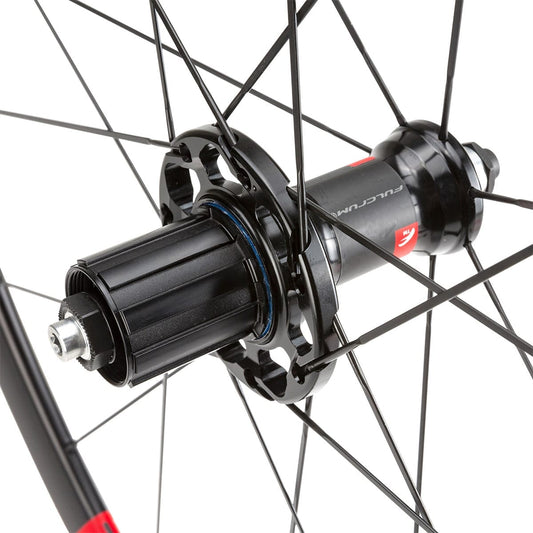
Pair of FULCRUM RACING 4 C17 wheels clincher
Regular price From 394,90 €Regular priceUnit price per -
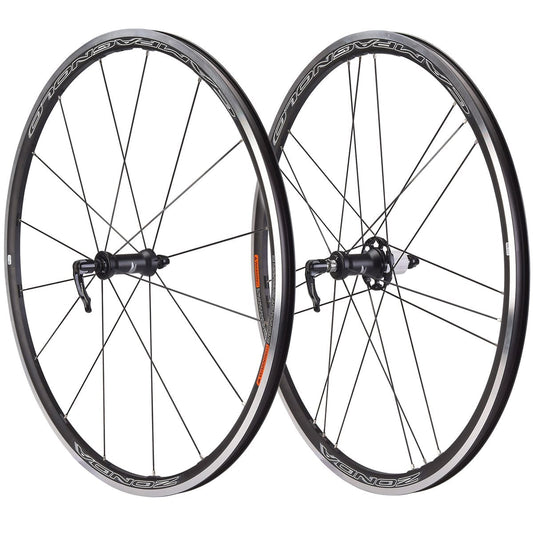
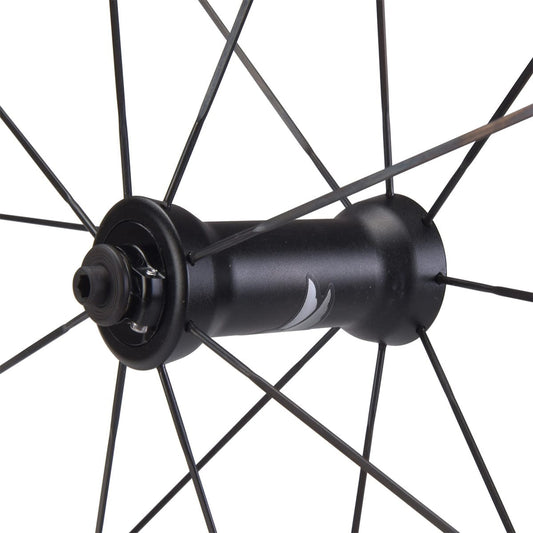
Pair of CAMPAGNOLO ZONDA C17 24/30 wheels clincher
Regular price 439,90 €Regular priceUnit price per -
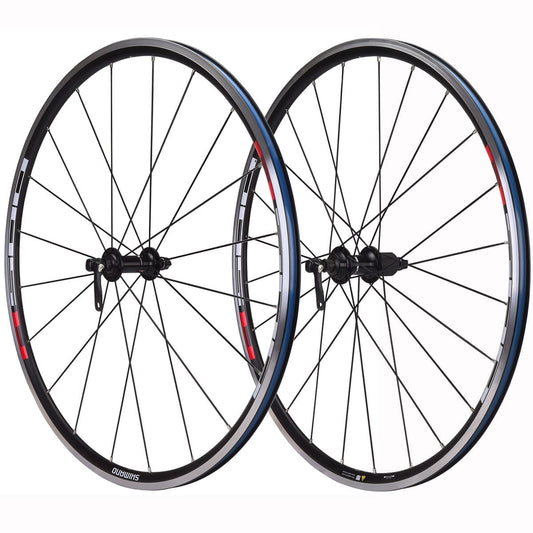
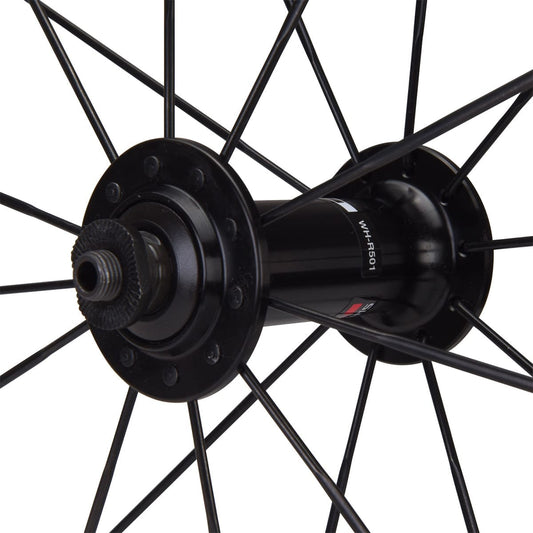
Pair of SHIMANO R501 wheels clincher
Regular price 169,90 €Regular priceUnit price per -
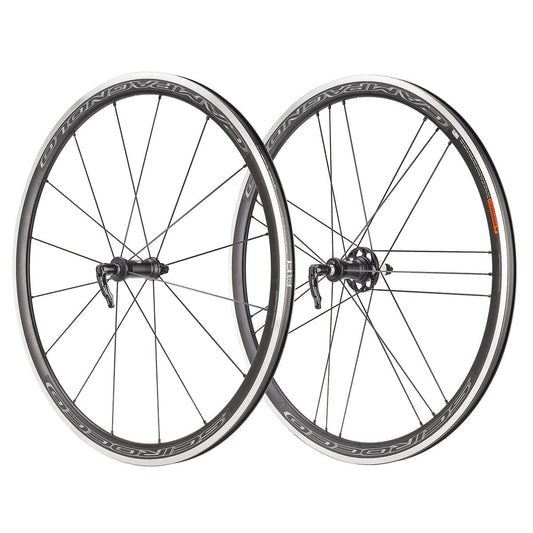
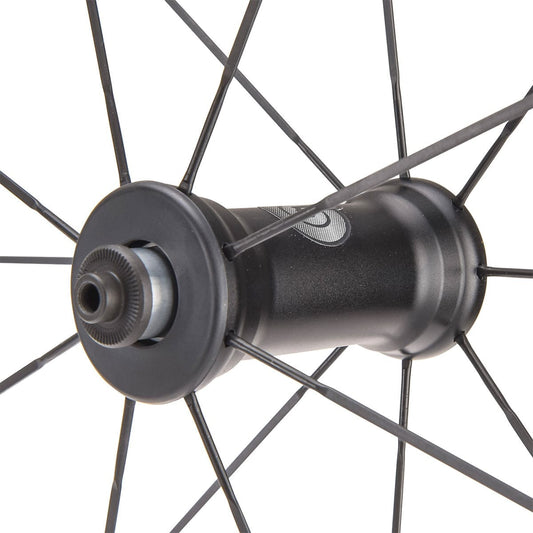
Pair of CAMPAGNOLO SCIROCCO C17 35 wheels clincher
Regular price 329,90 €Regular priceUnit price per -
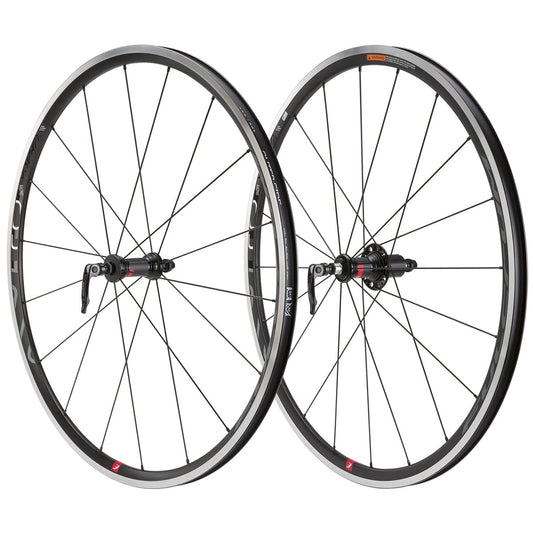
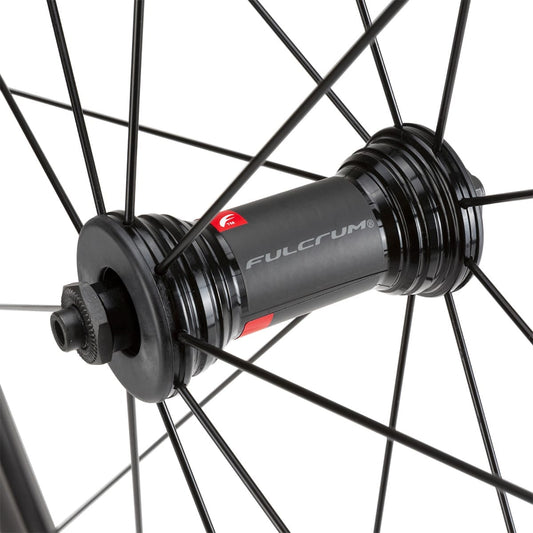
Pair of FULCRUM RACING 6 C17 wheels clincher
Regular price 247,90 €Regular priceUnit price per -
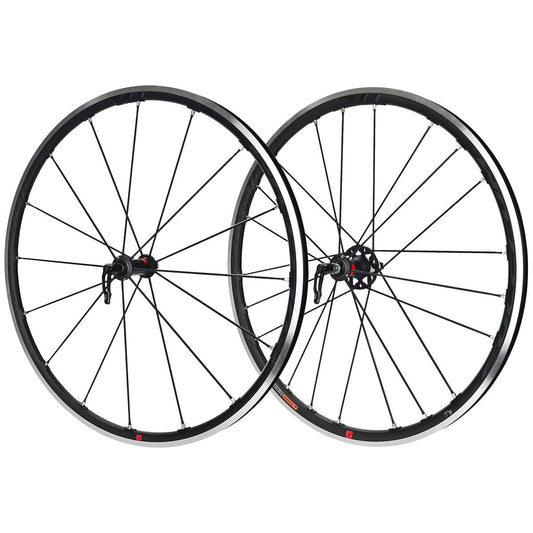
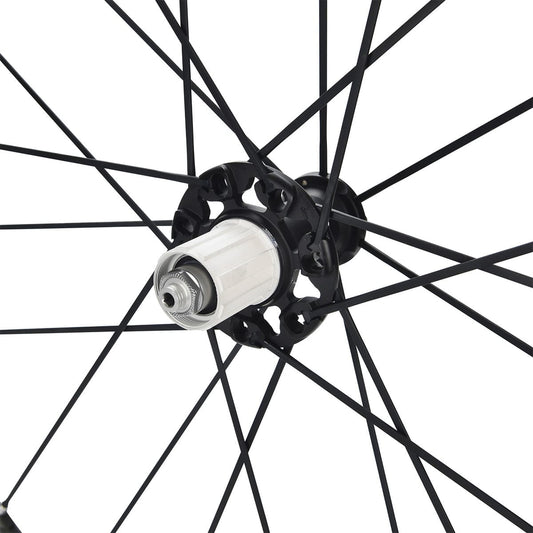
Pair of FULCRUM RACING ZERO 2-WAY FIT C17 wheels clincher
Regular price 899,90 €Regular priceUnit price per
